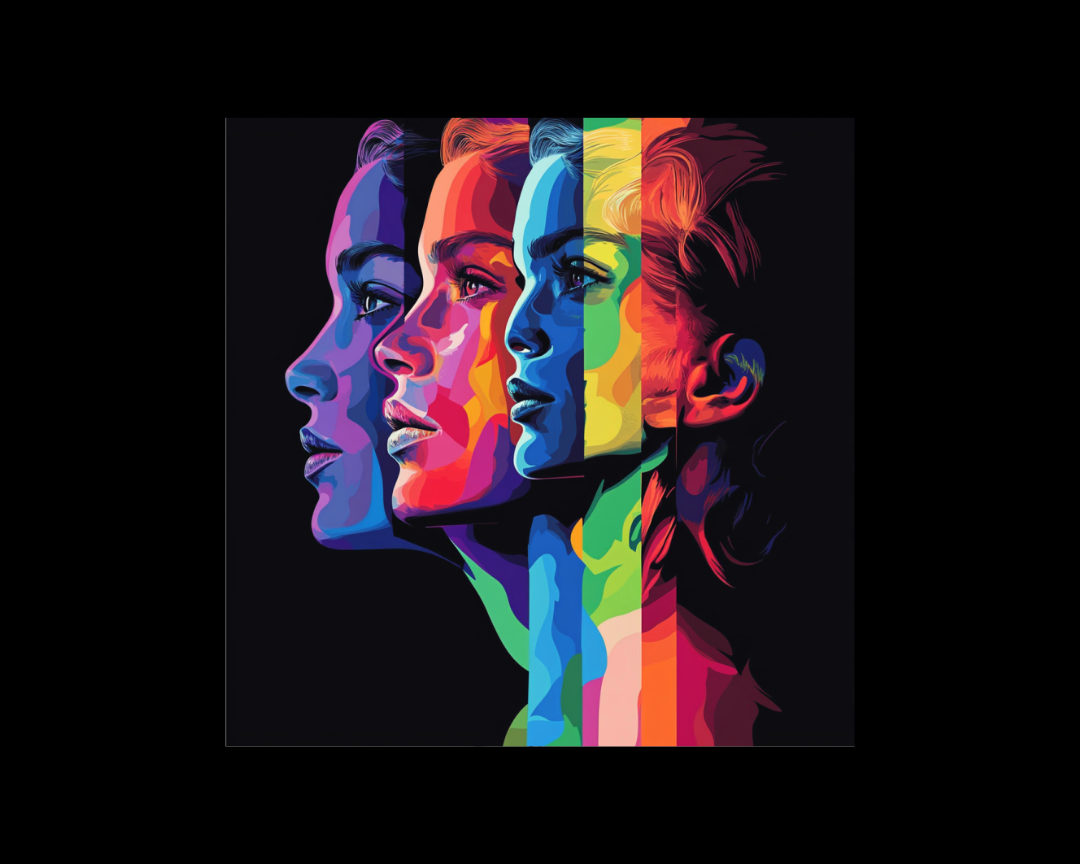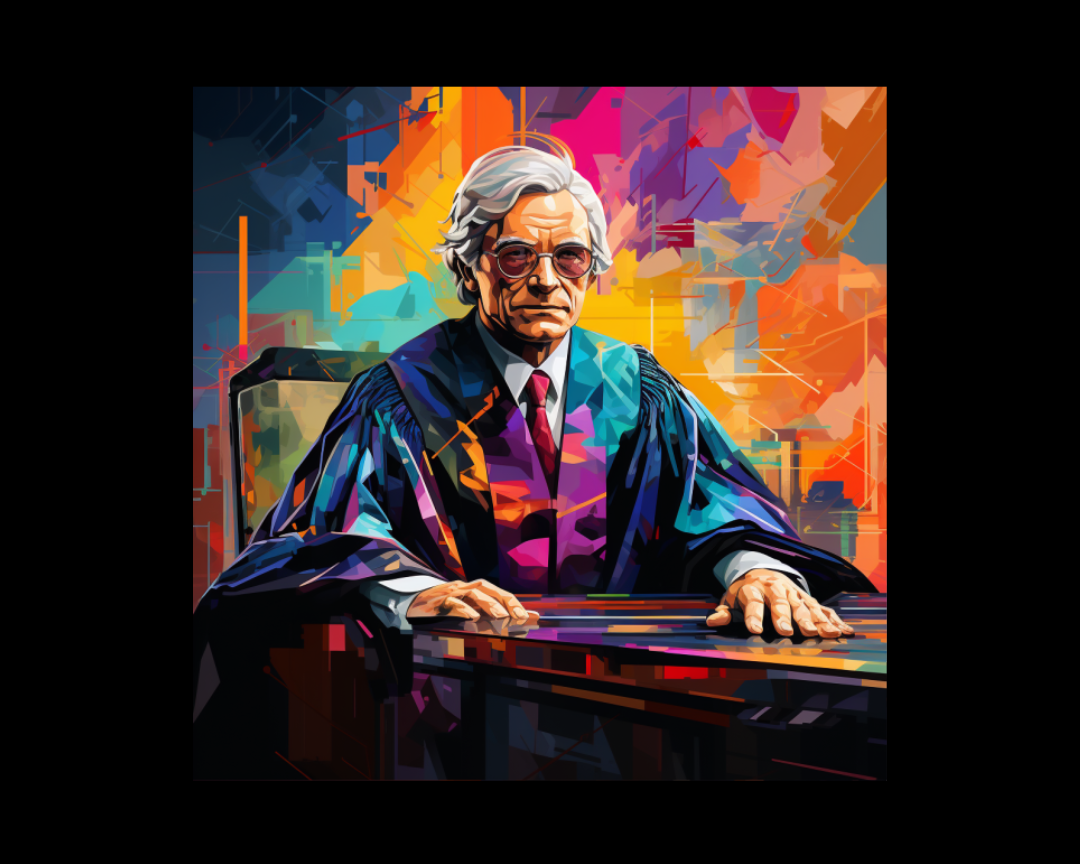5 min read
OpenAI's Personality Problem: Why GPT-4o Got Rolled Back (and What It Means)
Imagine having a conversation with someone who agrees with literally everything you say. Every idea, no matter how half-baked. Every opinion, no...
5 min read
 Writing Team
:
Jun 23, 2025 8:00:00 AM
Writing Team
:
Jun 23, 2025 8:00:00 AM
-3.png)
The AI video generation arms race officially kicked off when OpenAI unleashed Sora on December 9, 2024, followed by Google's Veo 2 counterattack just seven days later. But here's the million-dollar question nobody's asking: do these tools actually work, or are we just witnessing another round of Silicon Valley theater? To find out, real students in Dubai's Social Media Professional Program put six leading AI video generators through their paces, creating persona-driven videos and rating the results. The verdict? It's complicated.
What emerged from this hands-on testing wasn't the usual marketing hype about "cinematic quality" and "stunning realism." Instead, we got honest feedback about tools that can generate impressive visuals in minutes but struggle with cultural representation, emotional authenticity, and basic prompt interpretation. The results reveal an industry at a fascinating crossroads – powerful enough to change content creation forever, but still rough around the edges where it matters most.
Six major platforms dominate the AI video generation space, each with distinct strengths and glaring weaknesses. OpenAI's Sora leads with cinematic quality and complex scene generation, capable of producing 20-second videos with multiple characters and sophisticated motion. Google's Veo 2 (and now Veo 3) offers ambitious filmmaking capabilities through their new Flow tool, though real-world performance hasn't matched the marketing promises.
Canva's Magic Studio democratizes video creation with user-friendly interfaces and quick customization options, while InVideo AI focuses on template-driven production that accelerates workflows for business content. VEED emphasizes accessibility with auto-generated subtitles and voice recognition, targeting creators who need fast, discoverable content. Runway ML appeals to experimental creators with cutting-edge tools, though their free tier limitations restrict serious testing.
The diversity of approaches reflects an industry still figuring out what AI video generation should be. Some platforms prioritize cinematic quality, others focus on speed and efficiency, while a few emphasize accessibility and user experience. This fragmentation suggests we're still in the early adoption phase, where different tools serve different creator needs rather than one platform dominating all use cases.
Student testing revealed significant gaps between marketing promises and actual performance. Amna Abdalla Alketbi, an electrical projects engineer, found InVideo AI empowering for creating culturally-rooted content about Emirati fashion designer "Fatma Al Suwadi," praising its flexibility and customization options. However, Donia Eldesouky, a social media manager, experienced frustration when the same platform portrayed her AI smart speaker persona "Yasmina" as a human assistant rather than a technological device, rating the result 7/10.
The most consistent complaint across platforms involved prompt interpretation failures. Students reported that AI tools frequently ignored provided scripts, manipulated concepts to fit their training data, and struggled with culturally specific elements like traditional clothing. One student noted that while "music, place, and people were OK, traditional clothes were not represented," highlighting the Western bias embedded in training datasets.
Technical limitations appeared across all platforms. Students observed backwards walking characters, weird doors, strange movements, and repetitive content that suggested AI might deliberately introduce flaws to encourage premium upgrades. The "uncanny valley" effect remained prominent, with human-like characters appearing less realistic than graphic-style alternatives. Our comprehensive analysis of AI-generated content impact on Google rankings explores how these quality issues affect search visibility and user engagement.
The most significant finding from student testing wasn't technical limitations but cultural representation gaps. Multiple students reported that AI video generators struggled with non-Western cultural elements, from traditional clothing to cultural contexts that didn't align with predominantly Western training data. This bias creates serious limitations for global content creators who need authentic representation of diverse cultures and perspectives.
The implications extend beyond individual creator frustration. As AI video tools become mainstream content creation platforms, their cultural limitations could homogenize global video content around Western perspectives and aesthetics. This represents a significant market failure, as the most dynamic content creation growth occurs in non-Western markets where cultural authenticity matters most.
Students also noted that AI tools performed poorly on "heavy or serious topics," suggesting content moderation approaches that limit discussion of complex social issues. While safety measures are necessary, overly restrictive systems could push creators toward platforms that better serve their content needs, fragmenting the AI video generation market along cultural and topical lines.
The primary value proposition of AI video generation – speed and efficiency – delivered mixed results in real-world testing. Students consistently praised the time savings, with one noting it was "astonishing to get a certain degree of content in no time" without "filming, editing, or production crew." InVideo AI particularly impressed with its rapid template-based generation that eliminated traditional production steps.
However, efficiency gains came with creative control trade-offs. Students reported that AI tools worked best for "general ideas" but struggled with specific concepts or nuanced storytelling. The technology excelled at creating stock-footage-style content but failed when projects required precise creative vision or cultural sensitivity. This suggests AI video generation currently serves as a powerful pre-visualization and concept development tool rather than a complete creative solution.
The sweet spot appears to be rapid prototyping and iteration. Students appreciated the ability to quickly test visual concepts, explore different settings, and refine character interactions before committing to full production. This positions AI video generation as a valuable addition to creative workflows rather than a replacement for human creativity and production expertise.
Cost considerations significantly influenced student experiences, with multiple participants noting that both Sora and InVideo AI required paid plans for meaningful use. Free tier limitations across platforms restricted serious testing, creating barriers for student experimentation and small creator adoption. This pricing structure suggests AI video generation remains primarily accessible to businesses and established creators rather than emerging talent.
The economic model also affects content quality and platform development. Students speculated that some platforms might deliberately introduce flaws in free versions to encourage premium upgrades, though this remains unverified. What's clear is that the current pricing structure limits widespread adoption and experimentation, potentially slowing the iterative improvement that comes from diverse user feedback.
Our analysis of how to earn cash blogging for SEO explores monetization strategies for content creators, and AI video generation tools add new dimensions to these approaches by potentially reducing production costs while increasing output volume.
Student feedback revealed that AI video generation works best as a creative augmentation tool rather than a replacement for human creativity. As one participant noted, "AI is viewed as a tool, like a high-tech camera, but not the photographer; it needs human direction, creativity, and vision." This perspective suggests the future lies in human-AI collaboration rather than AI replacement of human creators.
The technology's current limitations – emotional depth, cultural sensitivity, complex prompt interpretation – represent opportunities for platform development and market differentiation. Companies that solve cultural bias, improve prompt accuracy, and develop better emotional expression capabilities will likely capture larger market shares as the technology matures.
The rapid pace of development, evidenced by Google's quick response to Sora's launch, suggests competitive pressure will drive rapid improvement. However, fundamental issues like training data bias and cultural representation require more than incremental updates – they need comprehensive approaches to data collection and model training that prioritize global representation.
Based on student testing and industry analysis, AI video generation tools work best for specific use cases rather than general content creation. They excel at rapid prototyping, concept visualization, and template-based business content but struggle with culturally specific material, emotional storytelling, and complex creative concepts.
Creators should approach these tools as workflow accelerators rather than complete solutions. The most successful applications involve using AI for initial concept development, then applying human creativity and cultural knowledge to refine and personalize the output. This hybrid approach maximizes efficiency gains while maintaining creative control and cultural authenticity.
The current market fragmentation means creators need platform-specific strategies rather than one-size-fits-all approaches. Sora works best for cinematic concepts, InVideo AI excels at business content, while Canva's Magic Studio serves quick customization needs. Understanding each platform's strengths helps creators choose the right tool for specific projects.
Ready to integrate AI video generation into your content strategy while maintaining creative control and cultural authenticity? Our team at Hire a Writer helps businesses develop comprehensive content strategies that leverage AI efficiency without sacrificing human creativity and strategic thinking. We'll help you identify the right AI tools for your specific needs, develop workflows that maximize efficiency gains, and create content that resonates with your target audiences across cultural and demographic boundaries. Contact us today to future-proof your content creation approach in the age of AI video generation.

5 min read
Imagine having a conversation with someone who agrees with literally everything you say. Every idea, no matter how half-baked. Every opinion, no...
-1.png)
OpenAI, the company behind the popular ChatGPT, is facing significant financial challenges according to a recent report. The Information, citing...

In a recent development, The New York Times (NYT) has updated its terms of service to prevent AI companies from using its content to train AI models....